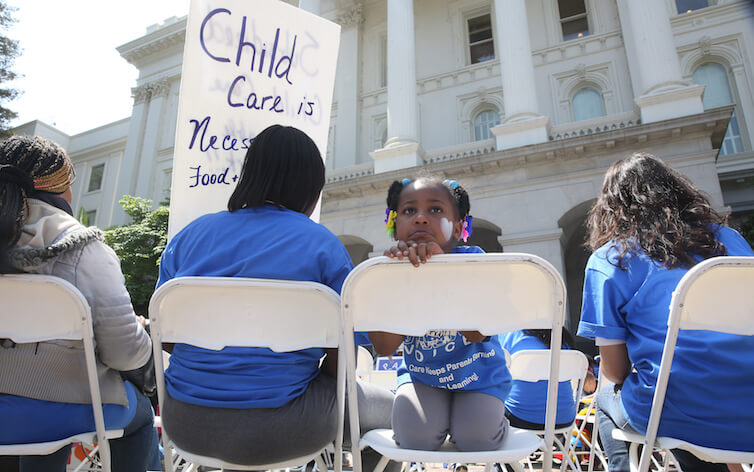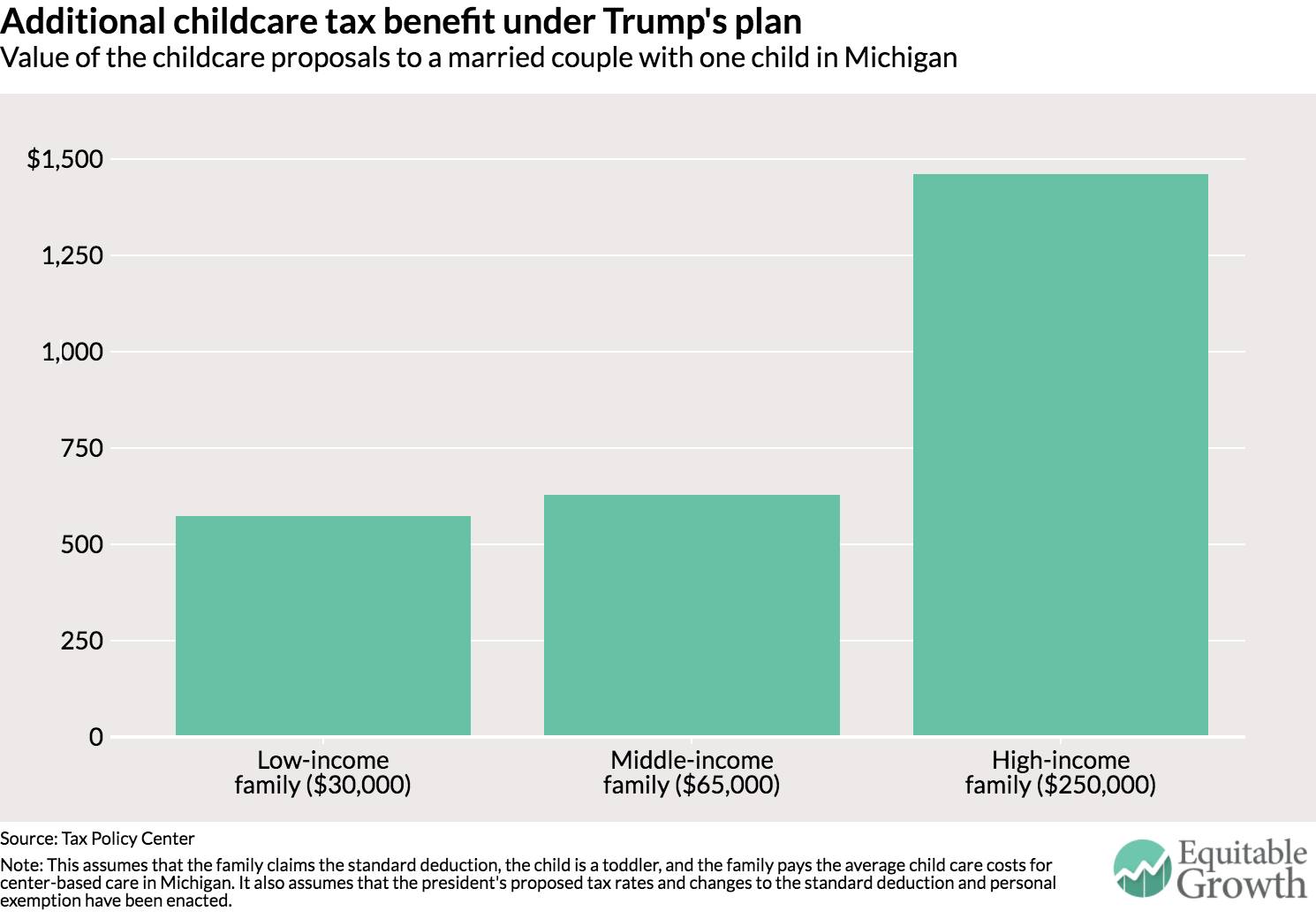- Jared Bernstein: Clashing with the Fed: Should they stay or should they go?: “Should the Fed raise their benchmark interest rate at their meeting later this month?…
- Jonathan Chait: Obamacare-Repealer Explains Poor Don’t Want to be Healthy: “Representative Roger Marshall is a Kansas Republican…
- Angus Deaton: Rent Seeking: “What is not OK is for rent-seekers to get rich…
- Sidney Blumenthal (2017): Wrestling with His Angel, 1849-1856 <http://amzn.to/2mgAPd9>: “Lincoln had no expectation that restoring the Missouri Compromise would ever occur…
- Peter Temin: The Vanishing Middle Class: Prejudice and Power in a Dual Economy: “The middle class, defined as households earning from two-thirds to double the median American household income… <http://amzn.to/2mlKfpH>
- Elise Gould: The State of American Wages 2016: “More broadly, shared wage growth from 2015 to 2016 does little to reverse decades of rising inequality…
- Bernie Sanders: Civil Discourse: “We face a very serious political problem… manifested… by Amber Phillips of The Washington Post…
- Frank Hyman: The Confederacy Was a Con Job on Whites. And Still Is.: “I’ve lived 55 years in the South, and I grew up liking the Confederate flag…
Interesting Reads:
- Zeng Guofan | Li Hongzhang | Zuo Zongtang | Tongzhi Restoration
- Takashi Negishi (根岸隆)
- Jason Kottke: A neuroscientist explains a concept at five different levels
- Harald Felgner: The Tweeted Times
- Cosma Shalizi (2012): In Soviet Union, Optimization Problem Solves You
- John Maynard Keynes (1938): John Maynard Keynes’s Private Letter to Franklin Delano Roosevelt of February 1, 1938
- Paul Krugman: A Party Not Ready to Govern: “A Trump confidante says the man… is ‘tired of everyone thinking his presidency is screwed up’. Pro tip: The best way to combat perceptions that you’re screwing up is, you know, to stop screwing up. But he can’t, of course. And it’s not just a personal problem…”
- Justin Fox: Science Is Elitist for a Reason: “The academy of the 1700s definitely was elitist. It was also admirably oriented toward results…. Elitism seems essential to successful science. The key is… elitism in the service of better science…”
- Claudio Borio: Secular Stagnation or Financial Cycle Drag?
- Laura Tyson and Lenny Mendonca: The Pie-in-the-Sky UBI
- 2013: The Ideal Place to Read Francis Spufford’s “Red Plenty”… | Francis Spufford (2010): Red Plenty (London: Faber and Faber) http://amzn.to/2n3BfTq | Cosma Shalizi (2012): In Soviet Union, Optimization Problem Solves You http://crookedtimber.org/2012/05/30/in-soviet-union-optimization-problem-solves-you/ | Cosma Shalizi (2012): The Impossible Takes a Little Longer http://bactra.org/weblog/919.html
- Jo Walton: Complicity and the Reader
- Wikipedia: History of Coal Mining
- Reading: Peter Temin: The Vanishing Middle Class: Prejudice and Power in a Dual Economy: “The middle class, defined as households earning from two-thirds to double the median American household income… http://amzn.to/2mlKfpH
- Reading: Robert Allen (2009): The British Industrial Revolution in Global Perspective
- Briefing: Elise Gould: The State of American Wages 2016: “More broadly, shared wage growth from 2015 to 2016 does little to reverse decades of rising inequality…
- Trade Deals and Alternative Facts: No Longer Fresh at Project Syndicate
- Live from Science: Jason Kottke: A neuroscientist explains a concept at five different levels: “Wired recently challenged neuroscientist Bobby Kasthuri…
- Weekend Reading: John Maynard Keynes (1938): Private Letter to Franklin Delano Roosevelt of February 1, 1938
- Weekend Reading: Rosa Luxemburg (1918): The Russian Revolution: The Problem of Dictatorship
- Weekend Reading: Daniel Davies (2012): New Ideas From Dead Political Systems
- Weekend Reading: Cosma Shalizi (2012): In Soviet Union, Optimization Problem Solves You
- For the Weekend…: Kristen Wiig: Comedians In Cars Getting Coffee

 Opioid abuse, or more accurately the upsurge in opioid abuse, is a headline-grabbing concern for many policymakers, who alongside a number of researchers are wading through the causes and implications of this epidemic. Research showing rising
Opioid abuse, or more accurately the upsurge in opioid abuse, is a headline-grabbing concern for many policymakers, who alongside a number of researchers are wading through the causes and implications of this epidemic. Research showing rising 

